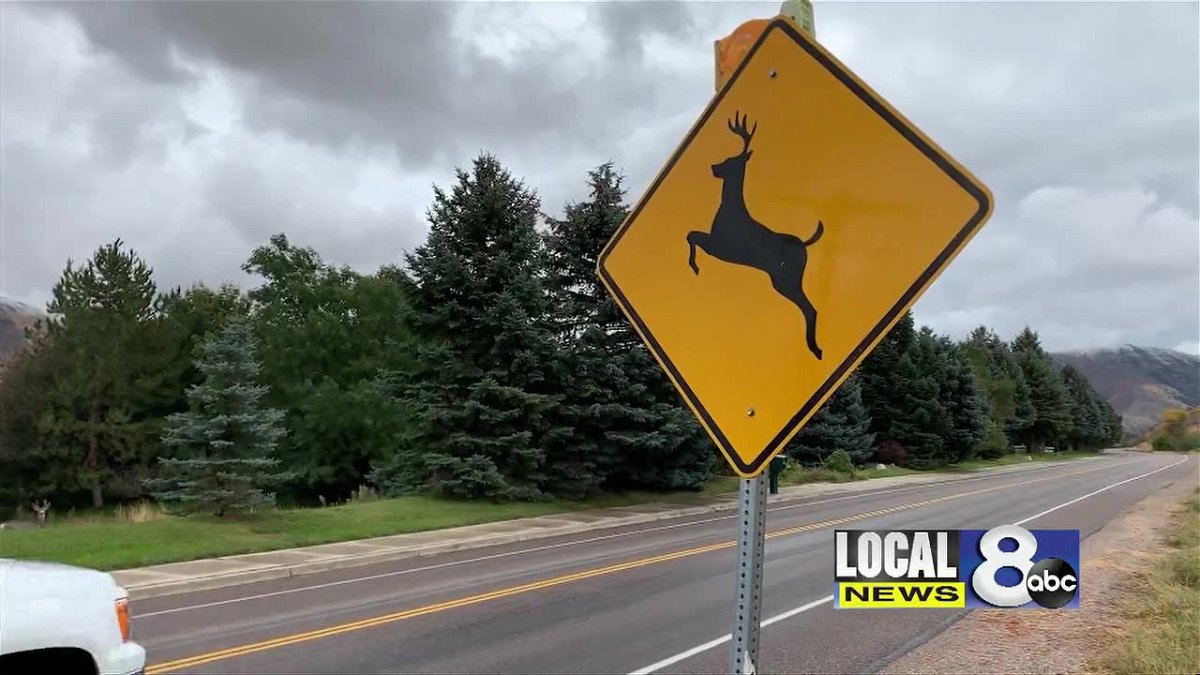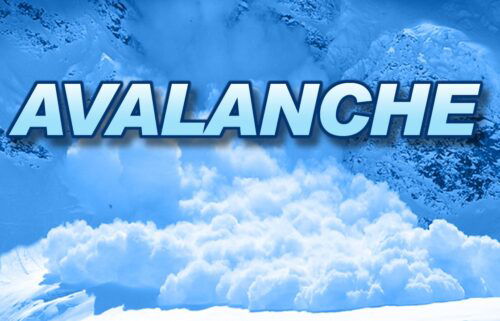Motorists reminded to “Give Wildlife a Brake” during spring migration

JACKSON, Wyo. (KIFI) – Teton County and the Jackson Hole Wildlife Foundation (JHWF) would like to remind drivers to ‘Give Wildlife a Brake’ on the roadways this spring; a time of year which is peak migration season for many wildlife species.
Data gathered by the Wyoming Department of Transportation (WYDOT), Wyoming Game and Fish Department (WGFD) and JHWF indicates more than 300 large animals are hit and killed annually on Teton County roads (not including collisions occurring within Grand Teton National Park). The actual number is estimated to be two to four times higher, since many animal deaths from wildlife-vehicle collisions go unreported.
As spring progresses, wildlife, such as elk, dee, and moose, are increasingly on the move as these animals transition from winter range to calving and fawning grounds and summer habitats. Animals are also attracted to the roadside because these areas are the first to green up with grasses and forbs, since high-canopy vegetation is often removed.
These seasonal movements increase the risk of motorists encountering migrating wildlife on roads and highways.
Drivers are encouraged to travel with caution, especially at night, dawn, and dusk when wildlife-vehicle collisions are most likely to occur. Safe and easy driving tips for avoiding dangerous and costly collisions include:
- Drive the posted speed limit, especially at night, dawn, and dusk as these are the times when animals are most active and hardest to see.
- Know that animals are more likely to be found where rivers and creeks cross under roads or are near the road.
- Scan the edges of the road for wildlife, in addition to the road surface, and use high beams at night when there is not oncoming traffic.
- When an animal crosses the road, look for and expect other animals to follow.
- If an impact is inevitable, do not swerve. Try to release your brakes just at the moment of impact, this will scoop the front of the car up and help prevent the animal from coming over the hood of the car.
- Watch for other motorists’ behavior. Braking and flashing lights may indicate animals on the roadway.
- If you do have a collision with an animal, pull completely off the highway on the shoulder. Call 911 if there are any injuries to you or passengers, if the vehicle is unsafe to drive, or if the animal needs to be euthanized. If damage was minimal, please still report the collision to the Jackson Hole Wildlife Foundation’s wildlife-vehicle collision database at 307-739-0968.
Wildlife-Vehicle Collision Mitigation Successes in Teton County
- As part of a $130 million construction project on South Highway 89/191 beginning in 2017, six underpasses for wildlife, as well as “funnel fencing,” are under construction south of the Town of Jackson. Although the project is not yet complete, preliminary data suggests new funnel fencing and underpasses installed on this project have already played a role in reducing wildlife vehicle collisions. Despite the recent reduction in collisions, drivers should remain alert for wildlife on the roadway in this area, especially at the funnel fencing terminus near Melody Ranch and areas south of the WYDOT offices while fencing is being completed.
- In 2019, a Teton County tax ballot initiative providing $10 million in funding for the construction of local wildlife crossings passed with nearly 80% community support. In 2020, the Teton County Commission voted to allocate $3 million of this funding towards wildlife underpasses and funnel fencing associated with the Highway 22/390 Snake River Bridge replacement, which has an expected completion date of 2025. Remaining funds will be allocated toward future wildlife crossing mitigation projects delineated in the Teton County Wildlife Crossings Master Plan.
View the Most Recent Wildlife-Vehicle Collision Hotspot Maps for Moose, Elk, and Deer
• Wyoming Highway 390 (Moose-Wilson Road) is well-known for wildlife-vehicle collisions, especially with moose. Not only are moose large and difficult to see at night, but they are also beloved on the West Bank, which makes moose-vehicle collisions even harder to bear. Recently, WYDOT, the Teton Conservation District, Teton County and the Jackson Hole Wildlife Foundation teamed up to purchase and install replacement signs for the four decommissioned radar speed signs on WY-390.






